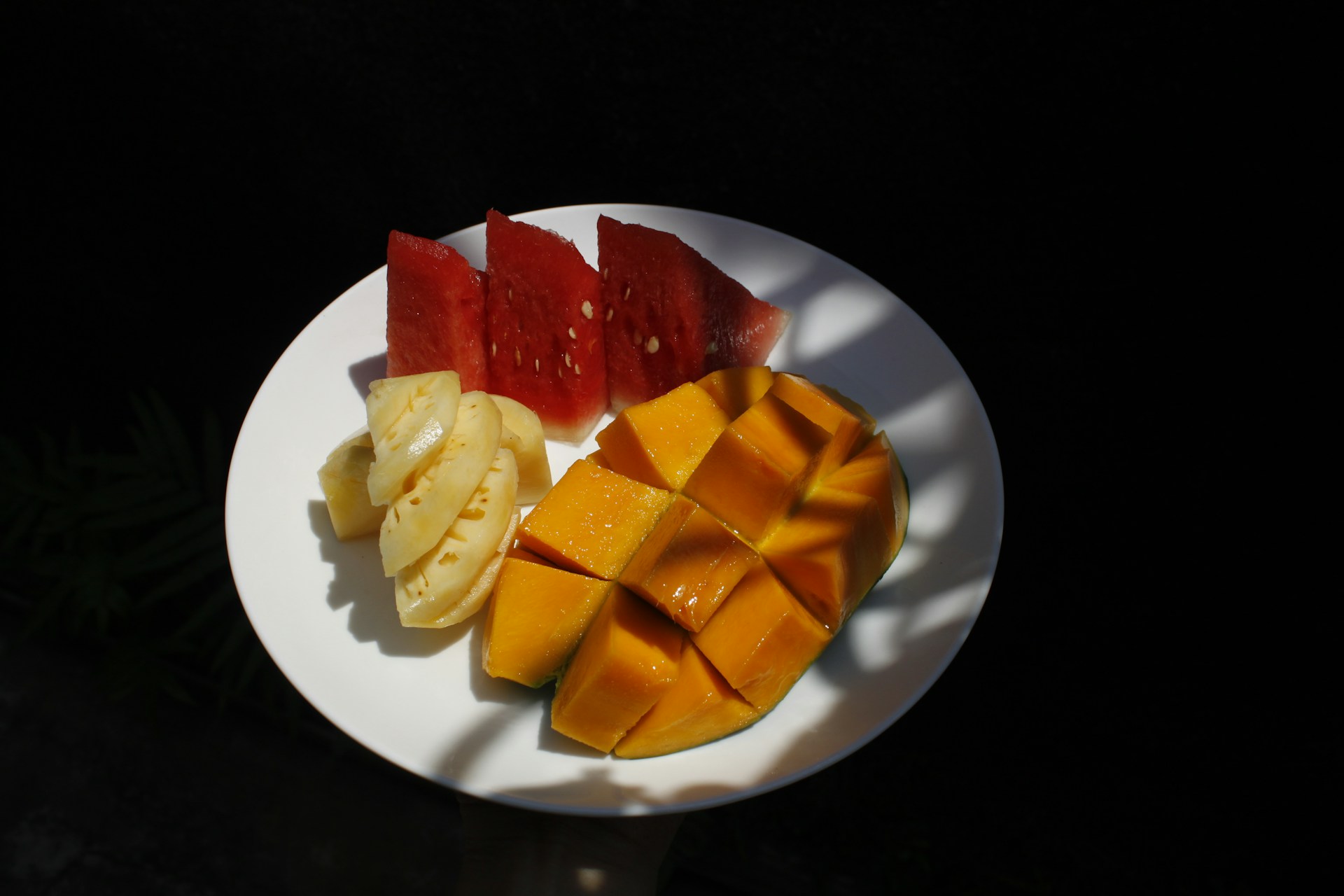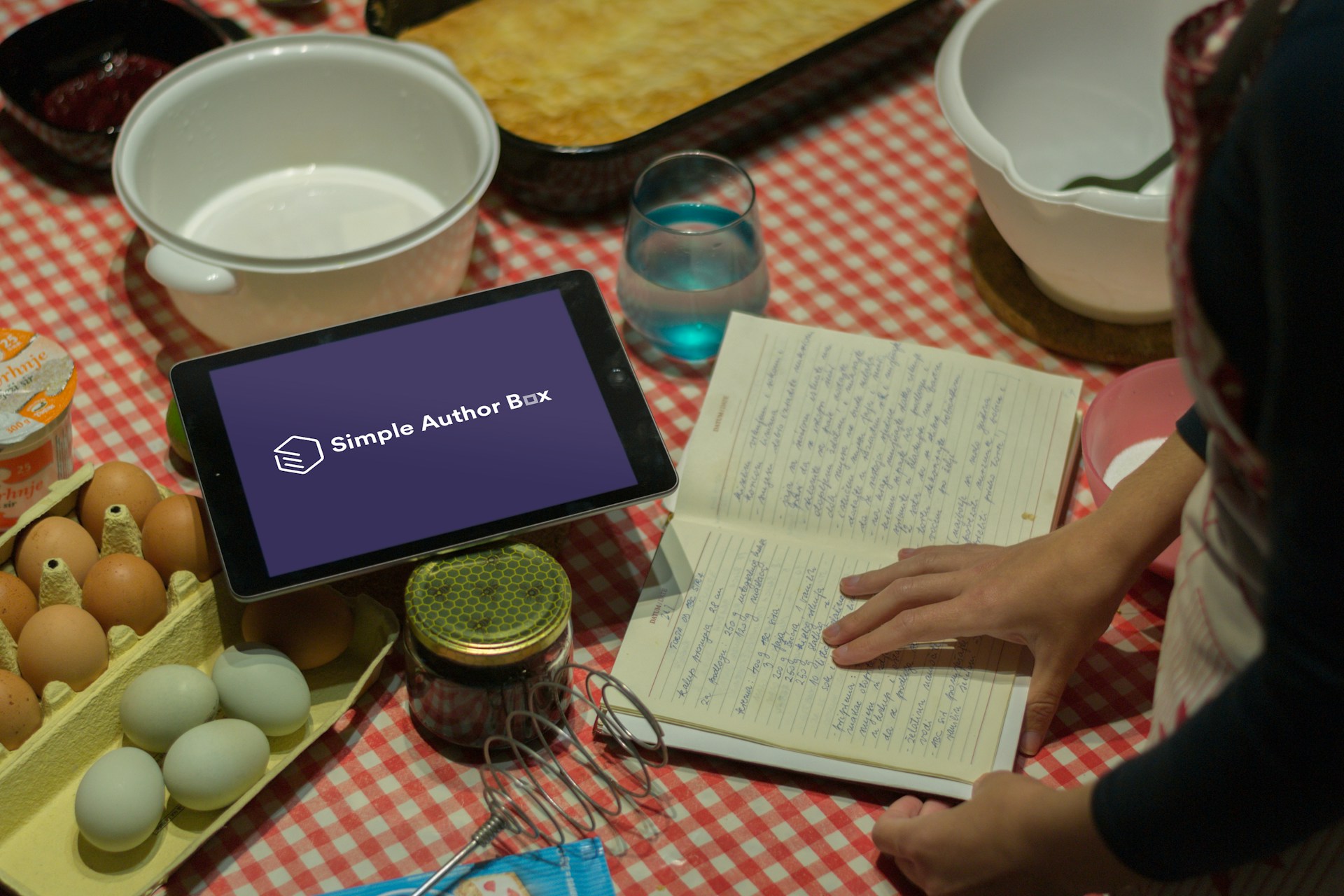Perbedaan Keragaman Pangan, Pola Asuh Makan, dan Asupan Zat Gizi Makro pada Balita dari Ibu Bekerja dan Ibu Tidak Bekerja
Downloads
Background: Toddlers are a group that is vulnerable to experiencing nutritional problems. The nutritional status of toddlers is very dependent on the role of caregivers, especially mothers. Business women have less time together with toddlers so that it will have an impact on mothers' attention to the growth and development of toddlers, child feeding patterns, food diversity, and macro-nutrient intake of toddlers. Research in Padang states that business women have a 1,3 times risk of experiencing malnutrition in children. Purpose: Know the differences in child feeding patterns, food diversity, and macro nutrient intake in toddlers from business women and housewife. Method: The design of this study was an observational analytic with cross sectional approach. The research was conducted on medium socioeconomic housing in Banyumas Regency. The sample are toddlers aged 12-59 months as many as 78 toddlers, taken using total sampling techniques. Data were statistically tested using independent T tests. Results: The results of study showed no differences in child feeding patterns (p = 0.605), food diversity (p = 0.767), energy intake (p = 0.483), protein intake (p = 0.806), fat intake (p = 0.787) and carbohydrate intake (p = 0.337) in toddlers from business women and housewife. Conclusions: There were no differences in child feeding patterns, food diversity, and macro nutrient intake in toddlers from business women and housewife.
REFERENSI
Tarigan, I. U. Faktor-Faktor yang Berhubungan dengan Status Gizi Anak Umur 6-36 Bulan Sebelum dan Saat Krisis Ekonomi di Jawa Tengah. Bul. Penelit. Kesehat. 31, 1–12 (2003).
Kementerian Kesehatan. Profil Kesehatan Indonesia 2018. https://pusdatin.kemkes.go.id/resources/download/pusdatin/profil kesehatanindonesia/PROFIL_KESEHATAN_2018_1.pdf (2018).
Pemantauan Status Gizi. Buku Saku Pemantauan Status Gizi Tahun 2017. (Kementerian Kesehatan Republik Indonesia, 2017).
Soetjiningsih. Tumbuh Kembang Anak. (Penerbit Buku Kedokteran EGC, 1995).
Badan Pusat Statistik. Keadaan Ketenagakerjaan Indonesia Februari 2019. (Badan Pusat Statistik Indonesia, 2019).
Dyah, A. S. Hubungan Antara Pengetahuan Ibu Tentang Makanan Bergizi Dengan Status Gizi Balita Usia 1-3 Tahun Didesa Lencoh Wilayah Kerja Puskesmas Selo Boyolali. Publ. Penelitian, Akbid Estu Utomo, Boyolali (2008).
Abdiana. Hubungan Durasi Pemberian ASI dengan Kejadian Kegemukan pada Anak Taman Kanak-Kanak di Wilayah Kerja Puskesmas Lubuk Buaya Kota Padang tahun 2010. (2010).
Sarah, M. Hubungan Tingkat Sosial Ekonomi dan Pola Asuh dengan Status Gizi Anak Balita di Wilayah Kerja Puskesmas Pantai Cermin
Kecamatan Tanjung Pura Kabupaten Langkat Tahun 2008. (Universitas Sumatera Utara, 2008).
Pratiwi, T. D., Masrul & Eti, Y. Hubungan Pola Asuh Ibu dengan Status Gizi Balita di Wilayah Kerja Puskesmas Belimbing Kota Padang. J. Kesehat. Andalas 5, 661–665 (2016).
Undang-undang Ketenagakerjaan. Undangundang Republik Indonesia Nomor 13 Tahun 2003. (2003).
Diana, F. M. Hubungan Pola Asuh dengan Status Gizi Kelurahan Pasar Ambacang Kota Padang Tahun 2004. J. Kesehat. Masy. 1, 19–23 (2006).
Food and Agriculture Organization. Guidelines for Measuring Household and Individual Dietary Diversity. 2010.
Labadarios, D., Zandile, J., Gericke, G., Eleni, M. & Paker, W. Food security in South Africa: a review of national surveys. Bull World Heal. Organ 891–899 (2011).
Widyaningsih, N. N., Kusnandar & Anantanyu, S. Keragaman pangan, Pola Asuh Makan dan Kejadian Stunting pada Balita Usia 24-59 Bulan. J. Gizi Indones. 7, 22–29 (2018).
Almatsier, S. Prinsip Dasar Ilmu Gizi. (Gramedia Pustaka Utama, 2010).
Helmi, R. Faktor-faktor yang Berhubungan dengan Status Gizi pada Balita di Wilayah Kerja Puskesmas Margototo Kecamatan Metro Kibang
Kabupaten Lampung. J. Kesehat. IV, 233–242 (2013).
Barasi, M. Nutrition at a Glance. (Erlangga, 2007).
World Health Organization. Indicators for assessing infant and young child feeding practices part 3: country profiles. WHO Press.
Geneva (2002).
Kementerian Kesehatan Republik Indonesia. Peraturan Menteri Kesehatan Republik Indonesia Nomor 2 Tahun 2020 tentang Standar
Antropometri Anak. (2020).
Krieger, N., D.R., W. & N.E., M. Measuring social class in US public health research: concepts, methodologies, and guidlines. Annu Rev Public Heal. 18, 41–78 (1997).
Krisnatutu, D. Menyiapkan Makanan Pendamping Air Susu Ibu (Puspa Swara, 2001).
Wirawan, N. N. & Rahmawati, W. Ketersediaan dan Keragaman Pangan serta Tingkat Ekonomi sebagai Prediktor Status Gizi Balita. Indones. J. Hum. Nutr. 3, 80–90 (2016).
Bezerra, I. N. & Sichieri, R. Household food diversity and nutritional status among adults in Brazil. Int. J. Behav. Nutr. Phys. Act. 8, (2011).
Rahardjo, S. & Wijayanti, S. P. M. Peran Ibu yang Berhubungan dengan Peningkatan Status Gizi Balita (Studi di Wilayah Puskesmas II Sumbang Kabupaten Banyumas). J. Kesmas Indones. 3, 56–66 (2010).
Grober, U. Penyelarasan Metabolik, Pencegahan dan Terapi. (Penerbit Buku Kedokteran EGC, 2009).
Afif, P. A. & Sri, S. Peran Ibu sebagai Edukator dan Inisiator Konsumsi Sayur Buah pada Anak. Amerta Nutr. 1, 236–242 (2017).
Waladow, G., Sarah, M. & Jula, V. . Hubungan Pola Makan dengan Status Gizi pada Anak usia 3-5 Tahun di Wilayah Kerja Puskesmas Tompaso Kecamatan Tompaso. ejournal Keperawatan 1, 1–6 (2013).
Marlinda, P. Pola Konsumsi Buah dan Sayur Anak Usia 4-6 Tahun pada Masyarakat Pesisir Desa Randu Sanga Kulon Brebes. (Universitas Negeri Semarang, 2016).
Kurniawati, T. & Wahono, N. S. Pola Konsumsi Buah dan Sayur pada Anak Usia Dini sebagai Usaha Penanggulangan Penyakit Kanker. J. Anak Usia Dini dan Pendidik. Anak Usia Dini 3, 221–226 (2017).
Camci, N., Bas, M. & H., A. B. The Psychometric Properties of the Child Feeding Questionare (CFQ) in Turkey. Appetite 78, 49–54 (2014).
Putri, D. F. T. P. & Kusbaryanto. Perbedaan Hubungan antara Ibu Bekerja dan Ibu Rumah Tangga terhadap Tumbuh Kembang Anak Usia 2-5 Tahun. Mutiara Med. 12, 143–149 (2012).
Sari, P. N. & Sumarmi, S. Perbedaan Pola Pemberian Makan Batita Diasuh Ibu dan Selain Ibu. Amerta Nutr. 98–104 (2017) doi:10.20473/amnt.v1.i2.2017.98-104.
Kharismawati, R. Hubungan Tingkat Asupan Energi, Protein, Lemak, Karbohidrat, dan Serat dengan Status Obesitas Pada Siswa SD. SKRIPSI (Universitas Diponegoro, Semarang, 2010).
Baculu, E. P. H. Hubungan Pengetahuan Ibu dan Asupan Karbohidrat dengan Status Gizi pada Anak Balita di Desa Kalangkangan Kecamatan Galang Kabupaten Tolitoli. Promotif 7, 14–17
(2017)
AMERTA NUTR by Unair is licensed under a Creative Commons Attribution-ShareAlike 4.0 International License.
1. The journal allows the author to hold the copyright of the article without restrictions.
2. The journal allows the author(s) to retain publishing rights without restrictions
3. The legal formal aspect of journal publication accessibility refers to Creative Commons Attribution Share-Alike (CC BY-SA).
4. The Creative Commons Attribution Share-Alike (CC BY-SA) license allows re-distribution and re-use of a licensed work on the conditions that the creator is appropriately credited and that any derivative work is made available under "the same, similar or a compatible license”. Other than the conditions mentioned above, the editorial board is not responsible for copyright violation.












































